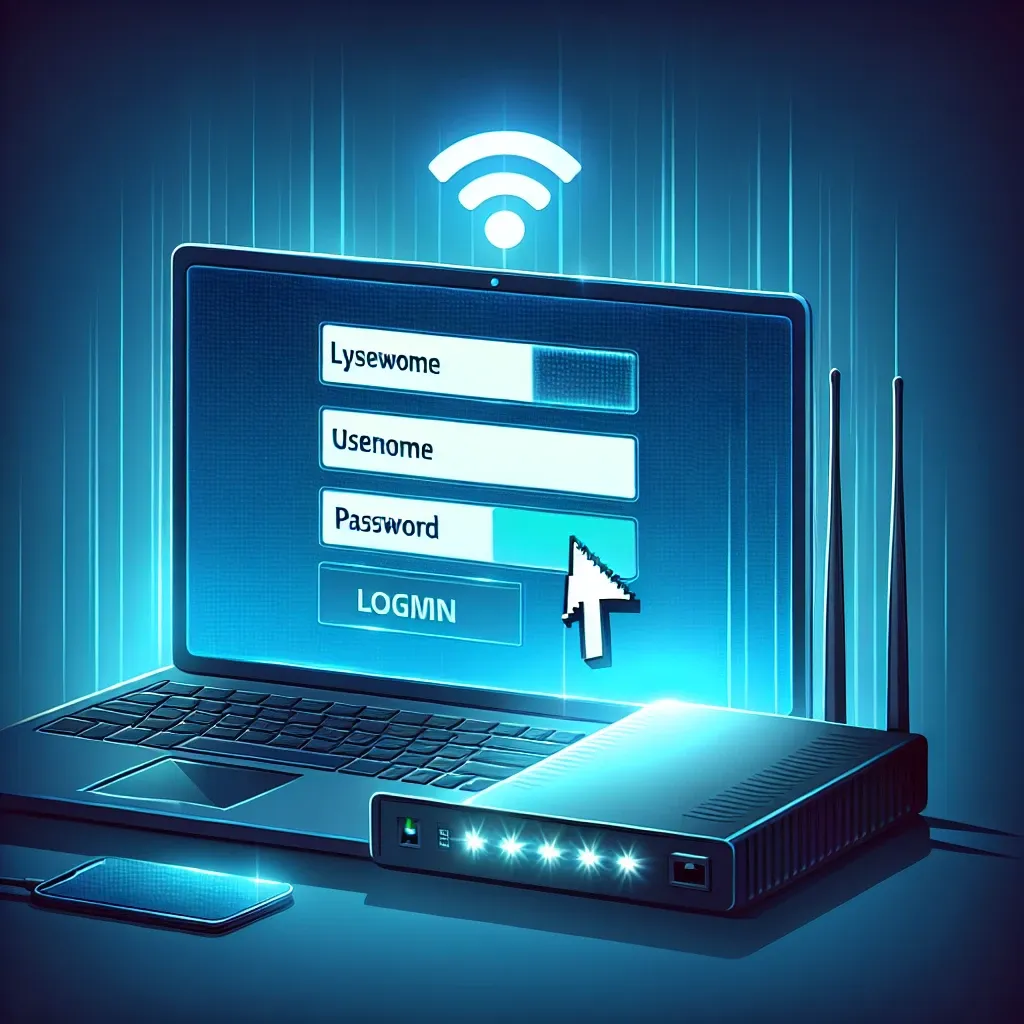Introduction
Having access to your router’s admin panel is crucial for managing your home or office network. Whether you want to change the Wi-Fi password, set up parental controls, or configure advanced settings, you need to know how to log in to your router’s admin panel. This guide will walk you through the steps to access your router’s admin interface quickly and safely.
Basic Requirements
Before you proceed, ensure you meet the following basic requirements:
- Connected device (PC, smartphone, or tablet)
- Web browser (Chrome, Firefox, Safari, etc.)
- Router’s IP address (usually 192.168.1.1 or 192.168.0.1)
- Router’s login credentials (username and password)
Here’s a table summarizing the common default settings for most routers:
| Router Brand | Default IP Address | Default Username | Default Password |
|---|---|---|---|
| Linksys | 192.168.1.1 | admin | admin |
| Netgear | 192.168.0.1 | admin | password |
| TP-Link | 192.168.0.1 | admin | admin |
| Asus | 192.168.1.1 | admin | admin |
| D-Link | 192.168.0.1 | admin | admin |
Step-by-Step Guide to Log In
Step 1: Connect Your Device
Ensure your device is connected to the router’s network either via Wi-Fi or an Ethernet cable. This step is crucial because you can’t access the admin panel without being on the same local network as the router.
Step 2: Open a Web Browser
Open any web browser on your connected device. Modern browsers like Chrome, Firefox, Microsoft Edge, or Safari work the best.
Step 3: Enter the Router’s IP Address
In the address bar of your web browser, type the router’s IP address (e.g., 192.168.1.1 or 192.168.0.1) and hit Enter.
Step 4: Enter Login Credentials
You will be prompted to enter the router’s username and password. If you haven’t changed these from the default settings, use the credentials mentioned in the table above. Click ‘Log In’ to proceed.
Troubleshooting Common Issues
Can’t Access the Router’s Admin Panel
If you might have trouble accessing the admin panel, try the following troubleshooting steps:
- Ensure Proper Connection: Make sure your device is connected to the router’s network.
- Correct IP Address: Double-check the IP address entered in the web browser.
- Disable VPNs and Firewalls: Sometimes, VPNs or firewalls can obstruct access to the admin panel. Disable them temporarily and try again.
- Clear Browser Cache: Clear your web browser’s cache and cookies, then try accessing the IP address again.
Forgot Username or Password
If you’ve forgotten your router’s login credentials:
- Consult Manual: Refer to your router’s manual or the manufacturer’s website for the default username and password.
- Reset the Router: As a last resort, you can reset your router to factory settings. This will restore the default login credentials but also erase all customized settings.
Advanced Settings
Change Login Credentials
Once logged in, it’s a good idea to change the default username and password to something more secure. Navigate to the settings where you can update the admin username and password.
Update Firmware
Regularly updating your router’s firmware ensures it operates optimally and remains secure. Check the manufacturer’s website for the latest firmware updates and installation instructions.
Set Up Parental Controls
If you wish to restrict internet access for specific devices or during certain hours, you can enable parental controls. Navigate to the parental control settings and configure them as per your requirements.
Frequently Asked Questions (FAQs)
What is a Router Admin Panel?
The router admin panel is a web-based interface that allows you to configure and manage your router’s settings.
Is it safe to change my router’s default settings?
Yes, changing your router’s default settings, especially the login credentials, enhances security.
Can I log in to my router’s admin panel remotely?
Some routers allow remote access to the admin panel, but this feature must be enabled in the router’s settings.
How often should I update my router’s firmware?
It’s a good practice to check for firmware updates every few months to ensure optimal performance and security.
Conclusion
Accessing your router’s admin panel is a simple yet powerful way to manage your home or office network. By following this guide, you now know how to log in to your router’s admin interface, troubleshoot common issues, and perform advanced configurations. Ensuring the security and proper functioning of your router will contribute to a seamless internet experience.

